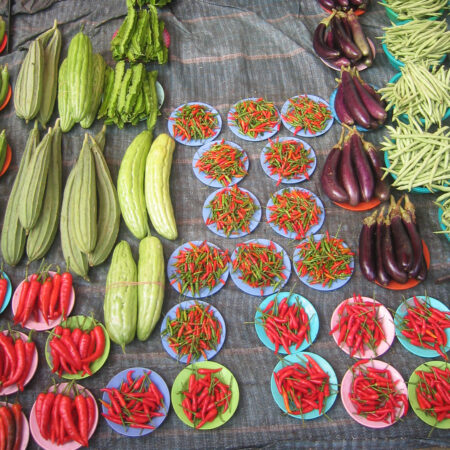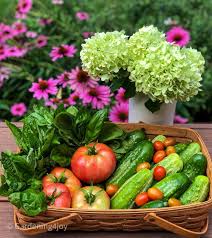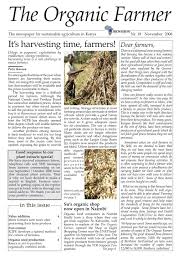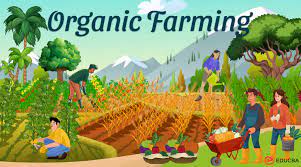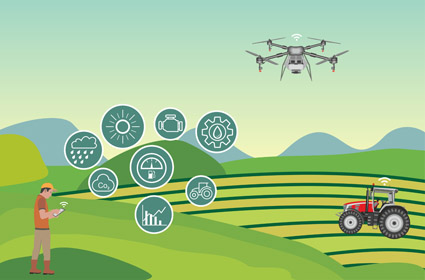
Introduction:
In recent years, the advent of IoT (Internet of Things) technology has brought about a significant revolution in various industries, and agriculture is no exception. Smart farming, powered by IoT, is transforming traditional farming practices into efficient, data-driven systems. By seamlessly integrating sensors, devices, and data analytics, IoT in smart farming is revolutionizing agriculture by optimizing resource usage, increasing productivity, and promoting sustainability. In this blog, we will explore the role of IoT in smart farming, delve into the latest trends in the industry, highlight key companies driving innovation, and present insightful statistics that showcase the transformative power of IoT in agriculture.
The Concept of IoT in Smart Farming:
To understand the impact of IoT in smart farming, it is essential to grasp the underlying concept. IoT refers to a network of interconnected devices embedded with sensors, which collect and transmit data over the internet. In the context of farming, IoT devices can include soil moisture sensors, weather stations, livestock trackers, and automated irrigation systems, among others. These devices collect real-time data, enabling farmers to make informed decisions and optimize their farming operations.
Latest Trends in IoT-driven Smart Farming:
- Precision Agriculture: Precision agriculture utilizes IoT devices and data analytics to optimize resource usage, such as water, fertilizers, and pesticides. Farmers can apply these resources precisely, reducing waste and minimizing environmental impact.
- Remote Monitoring: IoT-enabled sensors and cameras allow farmers to remotely monitor their crops, livestock, and environmental conditions. This real-time monitoring helps detect issues promptly, enabling proactive interventions.
- Automated Farming Systems: IoT-driven automation simplifies various farming tasks, such as irrigation, livestock feeding, and greenhouse management. These automated systems improve efficiency and reduce labor costs.
- Data Analytics and AI: IoT-generated data, when combined with advanced analytics and artificial intelligence, provides valuable insights for predictive analytics, disease detection, yield forecasting, and optimization of farming practices.
Impact of IoT in Smart Farming: Statistics and Numbers:
- According to a report by MarketsandMarkets, the global smart agriculture market is expected to reach USD 27.4 billion by 2026, growing at a CAGR of 9.8%.
- The use of IoT in agriculture can result in water savings of up to 30% and energy savings of up to 70%, as reported by the World Bank.
- A study by the Food and Agriculture Organization (FAO) revealed that precision farming technologies, including IoT, can increase crop yields by up to 20%.
- The European Commission estimates that by 2025, 75% of global agricultural output will be affected by precision agriculture and IoT technologies.
- In a survey conducted by Forbes Insights, 77% of farmers expressed interest in using IoT and data analytics



